
Why Will We Return to the Workplace?
If the distributed work model has been proven to suit a company's overall work approach, not impacting productivity, then why will we return to the workplace in future?
As we remain locked in our homes, having been so for several weeks now, we are all experiencing the discovery of a new working environment. There are varying attitudes to working from home; some love it, some hate it, some may be finding it the optimal environment for more individual, focused work, whilst missing the workplace for more collaborative projects. However, on the whole, we’ve proved that working from home is possible. A concept that was perhaps once denied as being a setting unconducive to productivity, has now been demystified, and its stigma detached. So in view of ‘The Workplace Return’, the question everyone is pondering is, why will we go to work in future? And what will the workplace be used for? If the distributed work model has proven to suit a company’s overall working approach, not slowing productivity, then how will this affect the purpose of the physical workplace?

Unique Scenarios
The entire picture needs to be analysed in detail, with empathy felt for each individual. The home looks different for everyone. For instance, consider a working parent with younger children trying to continue their learning experience from home who need care and close attention to guide them through this challenging, unprecedented time. Or, a young adult who has just started out in their career, struggling to keep up with the rent of their flat (which has insufficient space for a home office), and missing the social life of the workplace. Both scenarios would present challenges and heavy pressure on each individual to be able to continue their daily working routine undistracted and with the same comfort and support provided by the workplace. However, for some people, they may have discovered the perfect home office setup and are reaping the benefits of working remotely. These individuals are likely to be more reluctant to return. So, there are many unique scenarios, each of which need to be taken into account in planning the most effective return strategy, not disregarding the emotional implications of shock and anxiety felt more commonly at present.

Culture & Human Connection
Stepping back, from the perspective of an organisation, employers will be concerned that this crisis doesn’t damage or divert their company culture. The workplace is the embodiment of a company’s culture and a physical manifestation of it’s identity. It has always been the anchor that brings the people of an organisation together, treasures the communal spirit and nurtures the brand. People feel connected to something greater than themselves as they engage with the brand expressed in the workplace, feeling a connection with the mission and vision of their company. We’re hearing the ubiquitous cry of missing one another, which proves a collective understanding that there’s no virtual substitute for face-to-face human interaction. People will be craving the warmth of socialising with each other again, and it will be in the company’s interest to encourage these casual points of collaboration for cross functional teaming and the occasional unintentional eureka moment of perspectives overlapping.

Employee Safety & Wellbeing
To add another dimension to this, whilst the sense of community will be a strong attraction to the physical workplace, the pressure of needing to maintain social distancing in the interest of personal safety will be felt. It’s unnatural to keep at a distance of two metres or six feet from your colleagues amidst collaboration, however health-related anxiety will cause a constant awareness of colleague proximity. If these expectations cannot be achieved, companies risk a loss of trust from their employees. So, there needs to be an immediate response to ensure people can return to the office for enriched human connection and collaboration, whilst feeling the safety and security of a de-densified, hygienic workplace and being able to maintain the specified distance. Employees need to be reassured, and have confidence instilled to feel a sense of their personal health and wellness being regarded as the highest priority.

For some, working from home will be a restrictive experience; not having the best equipment and sustaining amplified levels of distraction slows productivity, and puts greater pressure on the daily routine. So, aside from the desire for restored human connection, there’s the physical needs and the optimal environment that only the workplace can provide.

To conclude, from an organisational perspective, culture needs to be preserved, and this cannot be guaranteed without the return of people to the physical workplace to provide the breeding ground for the communal spirit of the company, and keeping this connected and well aligned to the brand. And from the perspective of the working individual, the workplace is the place where they can feel part of something greater, enjoy casual socialisation and human interaction, as well as the comfort of a physical space that provides exactly what they need, when they need it. All of this needs to be achieved with the safety and wellbeing of employees at the forefront of the company’s mind.
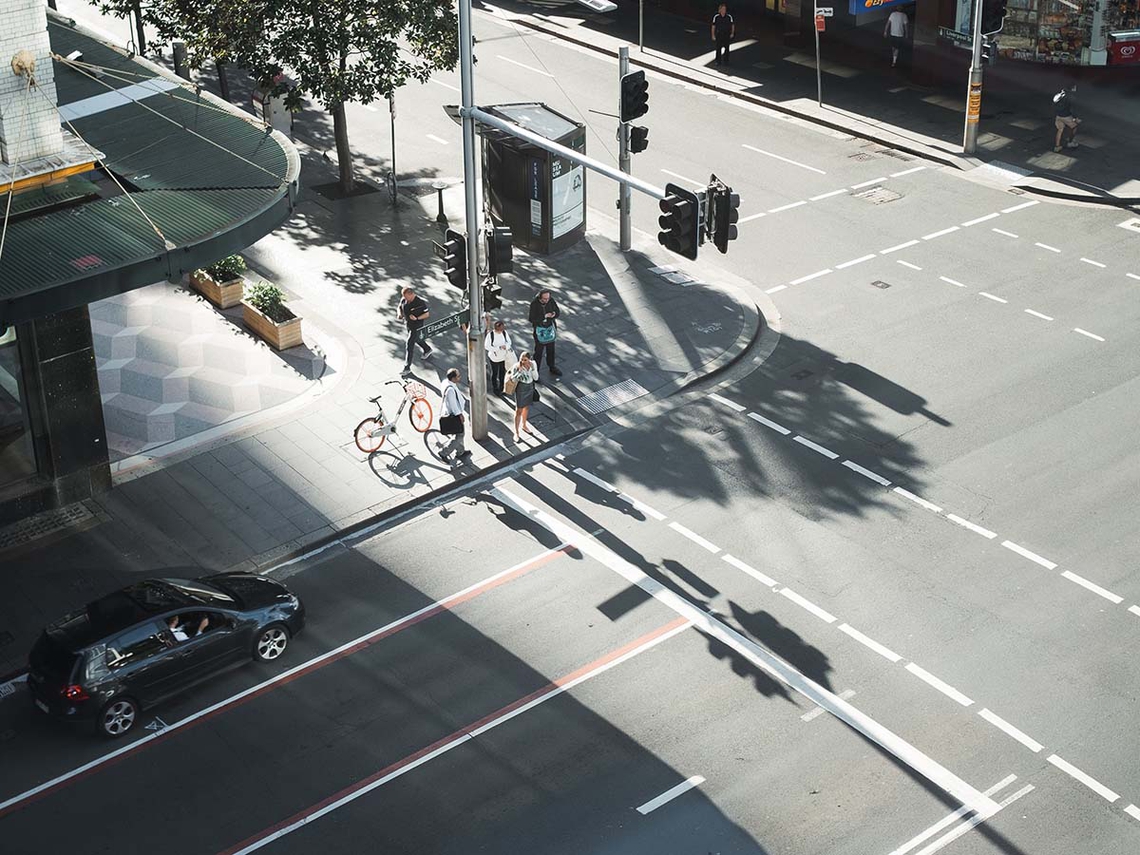

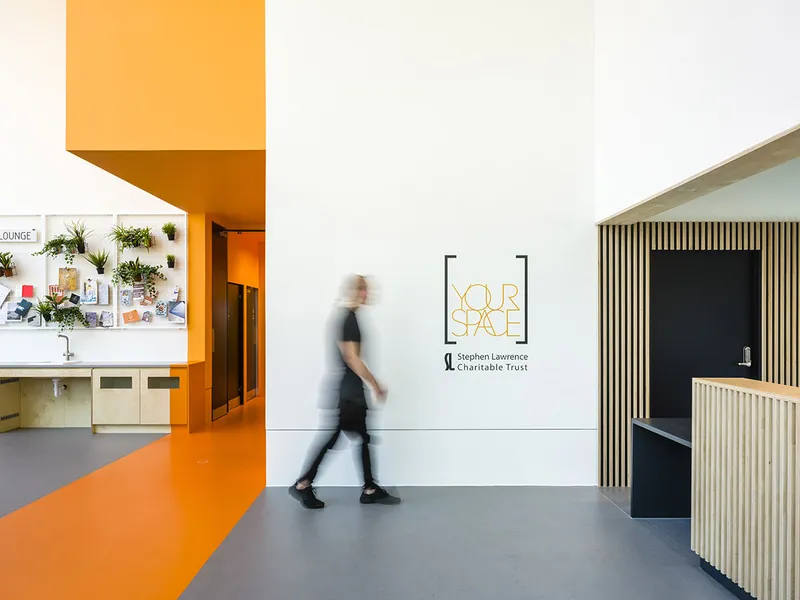
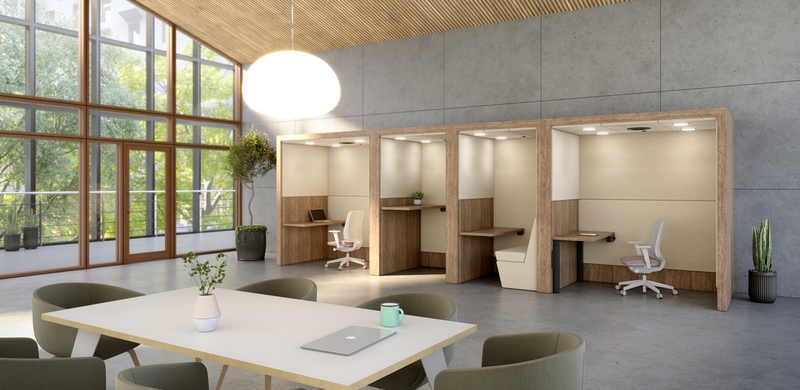



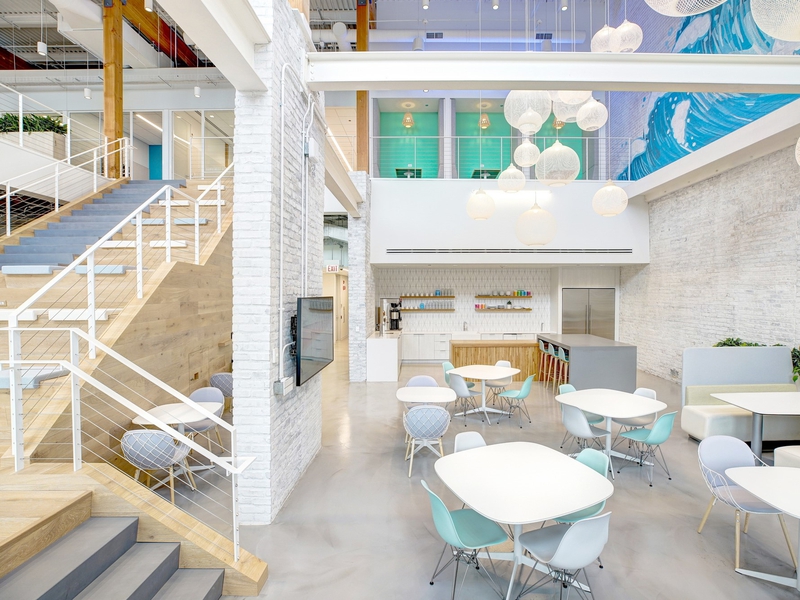
Vital Proteins' new space in Fulton Market has been designed to accommodate a growing workforce, connecting the wellnes…
SCIENCES
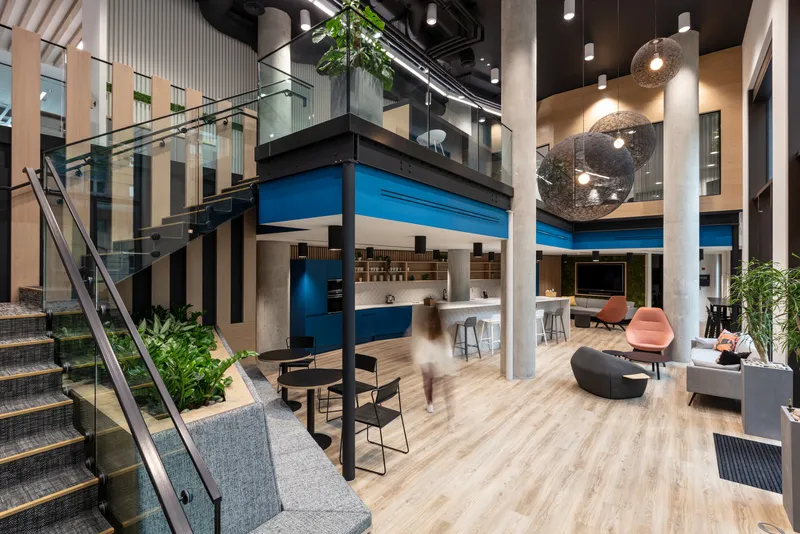
For their new offices in Blackfriars, G2 Travel had a new-build space meaning they could design and furnish their new c…
PROFESSIONAL SERVICES
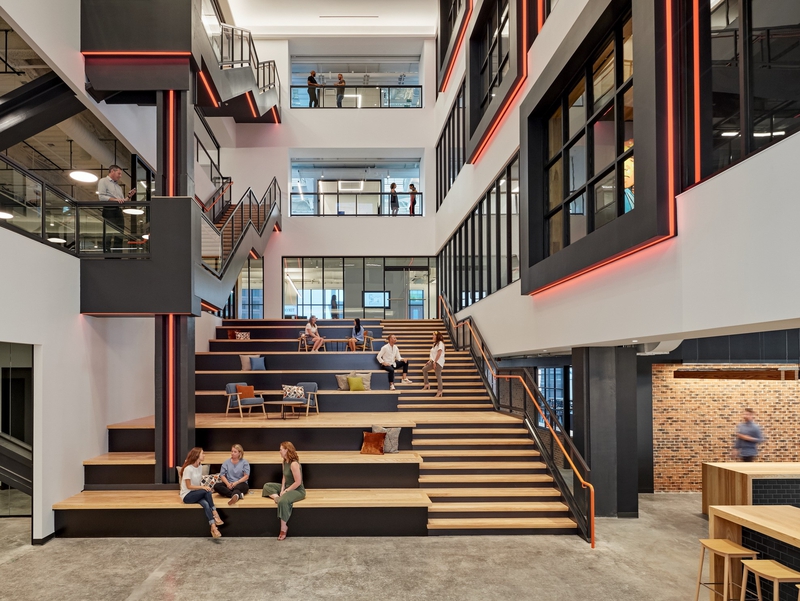
Rapid7 have recently worked with Interior Architects to design their new offices in Boston, a stunning space themed aro…
TECHNOLOGY & IT
